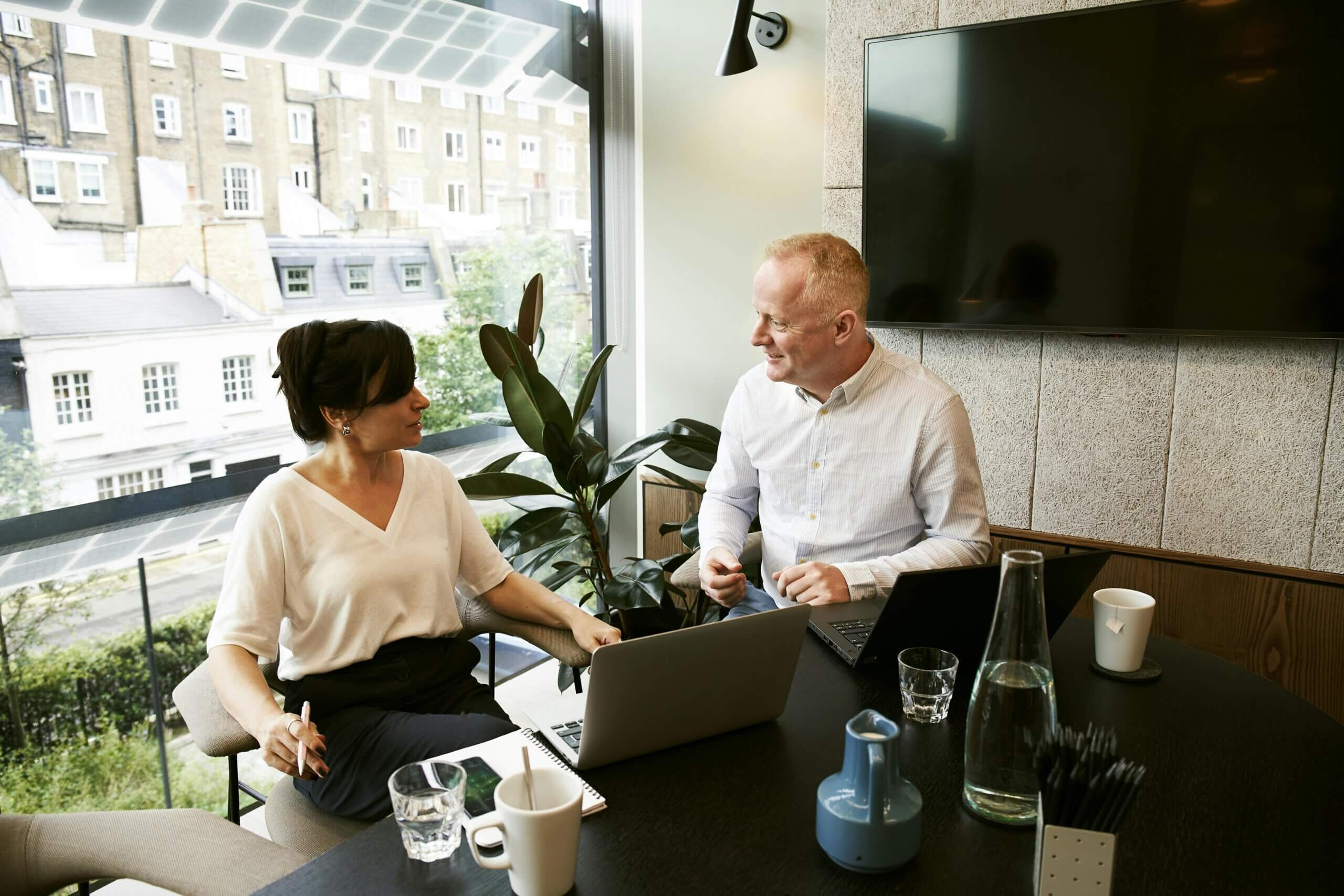Living in today’s world, we are perpetually steeped in a digital atmosphere.
From daybreak to nightfall, technology is our constant companion. We catch up on news, engage in entertainment, and connect with friends, all through a screen. However, there’s an underlying downside to this digital immersion. Our focus is often scattered in all directions, resulting in stress and a wandering mind.
Acknowledging and managing this is becoming more vital in our rapidly moving existence. By getting a grasp on the intricacies of the digital age, we can learn ways to instill moments of tech-free peace in our daily rituals.
But let’s set the record straight.
Promoting mindfulness in our tech-heavy surroundings doesn’t mean completely ditching our devices. Instead, it is about creating a more mindful, deliberate connection with technology, guiding us toward a healthier and more balanced way of life.
The Impact Of Technology On Well-Being
While your convenience and connectivity may seem enhanced, it’s essential to delve into how this technology affects your well-being. You’re likely aware of the benefits – instant communication, access to vast information, and tools that streamline tasks. But, there’s a downside too.
Studies suggest that excessive screen time can lead to physical strain, sleep disruption, and even mental health issues. It’s not all doom and gloom though. You can control tech’s impact on your life. Set boundaries, limit usage, and remember to disconnect. It’s about balance.
The Concept Of Mindfulness
Mindfulness is about focusing on the present and acknowledging your feelings, thoughts, and bodily sensations without judgment. It’s not about emptying your mind, but rather fully engaging with what’s happening right now,” says Michelle English, a licensed clinical social worker at Healthy Life Recovery.
You might find mindfulness helpful in managing stress, enhancing your emotional intelligence, or boosting your overall well-being.
By integrating mindfulness into your daily routine, you’ll start to notice the world around you more clearly. It’s about noticing the little things, like the taste of your morning coffee, or the sensation of your breath.
The Importance Of Unplugging
Despite the convenience and connectivity that technology offers, it’s crucial for your mental and physical well-being to regularly disconnect from digital devices.
This concept, known as ‘unplugging‘, allows your mind to reset, recharge, and refocus. By taking time away from screens, you give your brain the chance to recover from the constant influx of information.
Not only does this help to reduce stress and improve concentration, but it also fosters creativity. Unplugged time can be as simple as enjoying a meal without your phone, reading a physical book, or taking a walk in nature,” explains Elvis Rosales, a licensed clinical social worker at Align Recovery Centers.
It’s about creating balance.
Tech-Free Practices For Mindfulness
You can incorporate tech-free practices into your daily routine to enhance mindfulness and improve your overall well-being.
One effective practice is meditation. It’s not as daunting as you might think. Just start with five minutes each day, focusing on your breath or a calming phrase.
Another practice is mindful walking. Instead of scrolling through your phone, take in the sights and sounds around you. It’s surprising how much you’ll notice.
Lastly, try journaling. It’s a great way to process your thoughts without digital distractions. These simple, tech-free practices can help you become more mindful, less stressed, and more in tune with your surroundings.
Integrating Mindfulness Into Daily Life
Now let’s explore how you can weave these tech-free mindfulness practices into your everyday life.
- Start by dedicating a few minutes each morning to silence. Before you reach for your phone, sit quietly, focusing on your breath. This simple practice sets a peaceful tone for your day.
- You can also integrate mindfulness into routine tasks. While washing dishes or brushing your teeth, pay attention to the sensations and movements, instead of getting lost in your thoughts.
- Last but not least, try to mindfully eat one meal a day, savoring each bite. Remember, it’s not about emptying your mind, but being present in the moment.
The Benefits Of Mindful Living
Being present and attentive to the moment reduces stress and anxiety, leading to better mental health.
It’s not just your mind that’ll reap the rewards, though. Your physical health can also improve, with studies suggesting mindfulness can help lower blood pressure and enhance sleep quality.
Relationships can flourish too, as mindfulness fosters empathy and understanding, improving your interactions with others. Moreover, this practice can boost your cognitive abilities, enhancing focus and decision-making skills,” notes Dr. Paul Daidone at True Self Recovery.
You’ll find you’re happier, healthier, and more in tune with your environment and yourself. Embracing mindfulness isn’t just a trend; it’s a lifestyle that can positively transform your life.
Achieving Balance: Blending Mindfulness And Technology For Complete Well-Being
Balancing our digital lives with mindful living can feel like a tough task. However, many app creators are finessing methods to fuse mindfulness with technology.
This helps build a bridge between our experiences in the real world and our digital interactions. We need to be aware of our screen time, create digital limits, and choose tech tools that foster mindfulness,” says Lindsey Tong, a licensed clinical social worker at Profound Treatment.
Here’s a compilation of notable apps that beautifully blend the positives of tech and mindfulness.
- Calm: This app provides mindful exercises, soothing music, and controlled breathing techniques to help mitigate stress and anxiety.
- Headspace: It’s an app that helps users toward a more harmonious, happier lifestyle by offering diverse mindfulness and meditation sessions.
- Sleep Cycle: This app, aside from being a sleep tracker, can identify your sleep patterns, record if you talk in sleep, and rouse you during your lightest sleep phase, ensuring a refreshing start to the day.
- Insight Timer: This app provides a custom approach to your mindfulness practices with over 45k guided meditations. Here, you can choose based on duration, desired benefits, and selected music.
- Aura: This innovative app adapts mindfulness meditations to suit your present mood. Aura helps decrease tension, enhances focus, and supports better sleep.
- Stop, Breathe & Think: This app is ideal for those new to mindfulness. It guides you to recognize your current emotions and accordingly select mindfulness practices.
- Ten Percent Happier: This app’s practical, down-to-earth approach to mindfulness is its unique selling point. Filled with practical advice, videos, and guided meditations, Ten Percent Happier cuts out the jargon and goes straight to the essence.
These apps serve as useful digital partners in our pursuit of mindfulness, encouraging a healthier work-life balance between tech use and mindful living.





